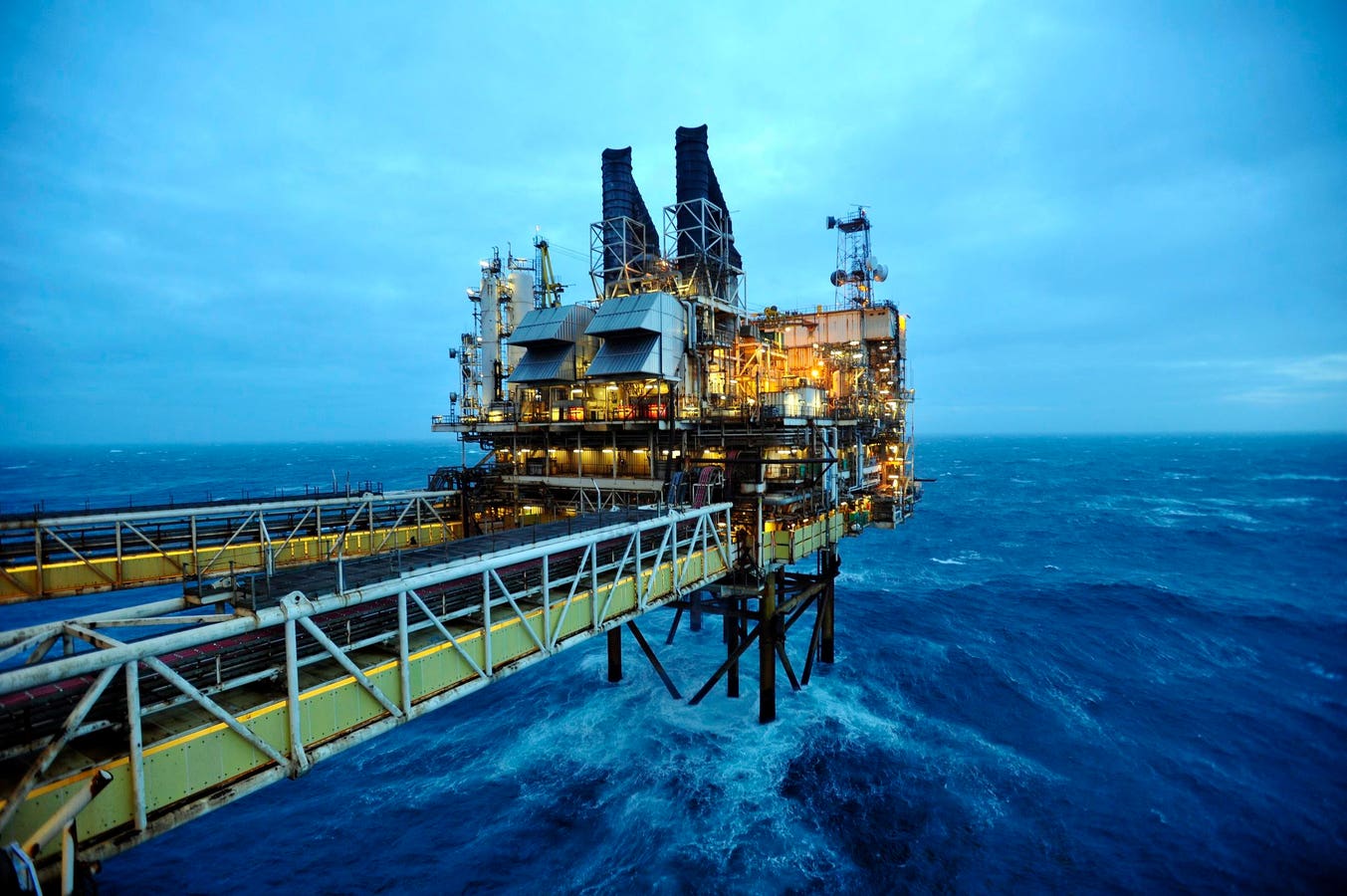Following months of mixed headlines, energy giant BP (LON: BP) recently attempted to grab market attention for the right reasons by announcing a statement tieback to its North Sea hunting ground.
Investors could be forgiven for having missed the announcement given the company’s poor quarterly results and extraordinary speculation about being a takeover target, all on the back of an unceremonious departure of its former CEO Bernard Looney.
But last week, BP attempted to demonstrate its operational strategy of investing in the energy transition while simultaneously investing in hydrocarbons. On November 6, it took the Seagull oil and gas field in the British sector of the North Sea onstream. The field has a peak production rate of 50,000 barrels of oil equivalent per day (boepd).
It is a statement move for a variety of reasons. The project – operated by BP and developed by Neptune Energy – further extends the life of the Eastern Trough Area Project (ETAP) which Seagull feeds into. Situated around 140 miles east of the U.K. oil and gas capital of Aberdeen, the ETAP has been operating for 25 years.
BP’s move is also the first tieback to the production hub in 20 years. Output from the four-well development is being delivered via a three-mile undersea pipeline linked to an existing pipeline system.
“A new 10-mile umbilical has been installed, linking the ETAP Central Processing Facility to the Seagull field, providing control, power and communications services between surface and seafloor,” BP said.
The energy giant holds a 50% stake in Seagull. Neptune owns 35% and Japan Petroleum Exploration Co. Ltd. (JAPEX) holds the remaining 15%. Besides Seagull, BP also operates six other fields that produce through ETAP, namely Machar, Madoes, Mirren, Monan, Marnock and Mungo.
Being agile with existing infrastructure
By bringing Seagull onstream, BP is also making a point of demonstrating its operational agility by using and investing in existing oil and gas infrastructure, with ETAP’s life secured until the 2030s thanks to a $1 billion investment in 2015.
“BP has been safely operating in the North Sea for nearly 60 years, delivering a reliable flow of energy, supporting thousands of jobs and a world-class supply chain. We plan to keep doing this by investing in our existing oil and gas infrastructure, like at ETAP, which has been a cornerstone of our North Sea portfolio for a quarter of a century,” said Doris Reiter, Senior Vice President for the North Sea at BP.
“A key focus for BP in the North Sea is to identify projects which can be developed efficiently using existing infrastructure.”
Crude oil from Seagull is exported through the Forties Pipeline System (once owned by BP and sold to Ineos in 2017) to Grangemouth, and natural gas to Teesside via the Central Area Transmission System.
What more can investors expect?
With the Seagull tieback done and dusted, BP can turn attention towards another near-term tieback to ETAP – the Murlach development, a redevelopment of a field formerly known as Skua, part of the two-well Marnock-Skua field.
The foray received U.K. government approval on September 12, 2023 but got drowned out by the media frenzy surrounding Looney’s exit from BP later that evening.
BP is the lead operator of Murlach holding an 80% stake with NEO Energy owning the rest. The field has plenty of pedigree and was originally operated by rival Shell (LON: SHEL) under the Skua name from 2001 until it was shut in late 2004.
Estimated total recoverable volumes of oil from Murlach will likely be around 20 million crude oil barrels with some associated natural gas in the region of 5-10 billion cubic feet.
Murlach’s peak production is expected to be in the region of 20,000 boepd and BP expects to put it onstream in 2025.
Read the full article here













